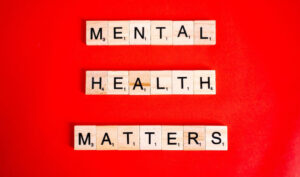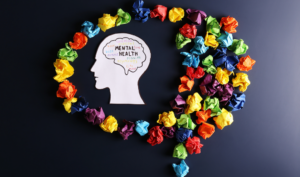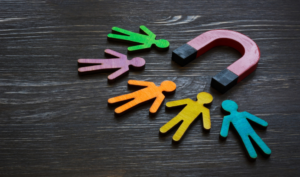
Leadership Done Right: Yes Elon, Empathy Works
Some conversations stay with me. It could be something about the subject, the wisdom of the person I’m talking to, or the timeliness of the

Some conversations stay with me. It could be something about the subject, the wisdom of the person I’m talking to, or the timeliness of the

Pandemic-related mental health is undoubtedly top-of-mind. In addition, there tends to be an uptick in dialog about mental health this time of year because May

What are some ideas to make mental health support more accessible to employees? This question was posed to a group of talented professionals for their

Now more than ever, organizations are interested in ways to re-design employee experience. But what’s the best way to accomplish this? How can HR technology

For too long, the workplace has been viewed as a mystical place where we bring a version of ourselves that is unbreakable. It’s a version

The first time COVID-19 made its appearance, a lot of uncertainty, fear, and doubt ruled many people’s lives. Since all of it was new, absolutely

We live at a time when political correctness captures headlines. Accusations of injustice, privilege, unconscious bias, and systemic racism happen daily. Between 50 and 75

In a bittersweet lesson, the pandemic has shone a bright light on the inequalities that we’ve lived with for far too long. These inequalities continue

There is a lot of buzz in the business world about coworking spaces because of their quick rise to fame. The first official coworking space

For too long, employers have leveraged time off to support employee mental health. We’ve all heard managers or supervisors respond like this to a stressed

According to the U.S. Labor Department’s Job Openings and Labor Turnover Summary released in June 2021, approximately four million people quit their jobs in April.

Employee uncertainty is bad for business. When people don’t feel their work situations are stable, they get anxiety, depression, and have a tendency to catastrophize.

Salary isn’t everything. As a matter of fact, eighty percent of employees say that they’d choose additional benefits over a raise. Sixty percent say that

It’s irrefutable: Hybrid workplaces are in, and inflexible employers are out. The data is astounding. In some studies, 80 to 90 percent of employees report

According to new CDC vaccine guidelines, vaccinated individuals can now safely gather indoors without a face covering. This is an exciting development after more than

“Do you listen to the girl in red?” It’s a good question for anyone whose job it is to understand workplace culture and employee mental

The landscape of HR is rapidly changing, especially due to the pandemic. With WFH culture escalating and employee needs constantly shifting, HR professionals need to

Ever get that blah feeling? That surge of listlessness you can’t explain? The thing that keeps you in bed watching Buffy the Vampire Slayer until

The talent cliff is a phenomenon where businesses lose employees at a rapid rate. It isn’t a new problem, but it regularly appears in times

Employee burnout is real. According to a Gallup poll, a staggering 76% of employees experience some form of burnout in their careers. In a survey

The pandemic has brought significant physical and mental health concerns to people around the world. With business closings, reductions in force, and forced isolation for

Rewind for a minute to the pre-pandemic state of your company culture. How did you measure up in terms of morale? Recruiting? Retention? How about

Thus far into the COVID-19 crisis, mental health and well-being have dropped a staggering 33 percent. As a result, many employees are no longer content

Over one year into the pandemic, nearly everything about the workforce has changed — from when and where we work to how employees interact with

Have you or your employees been feeling WFH burnout and Zoom fatigue these past months? It’s too common, despite the supposed convenience of working from